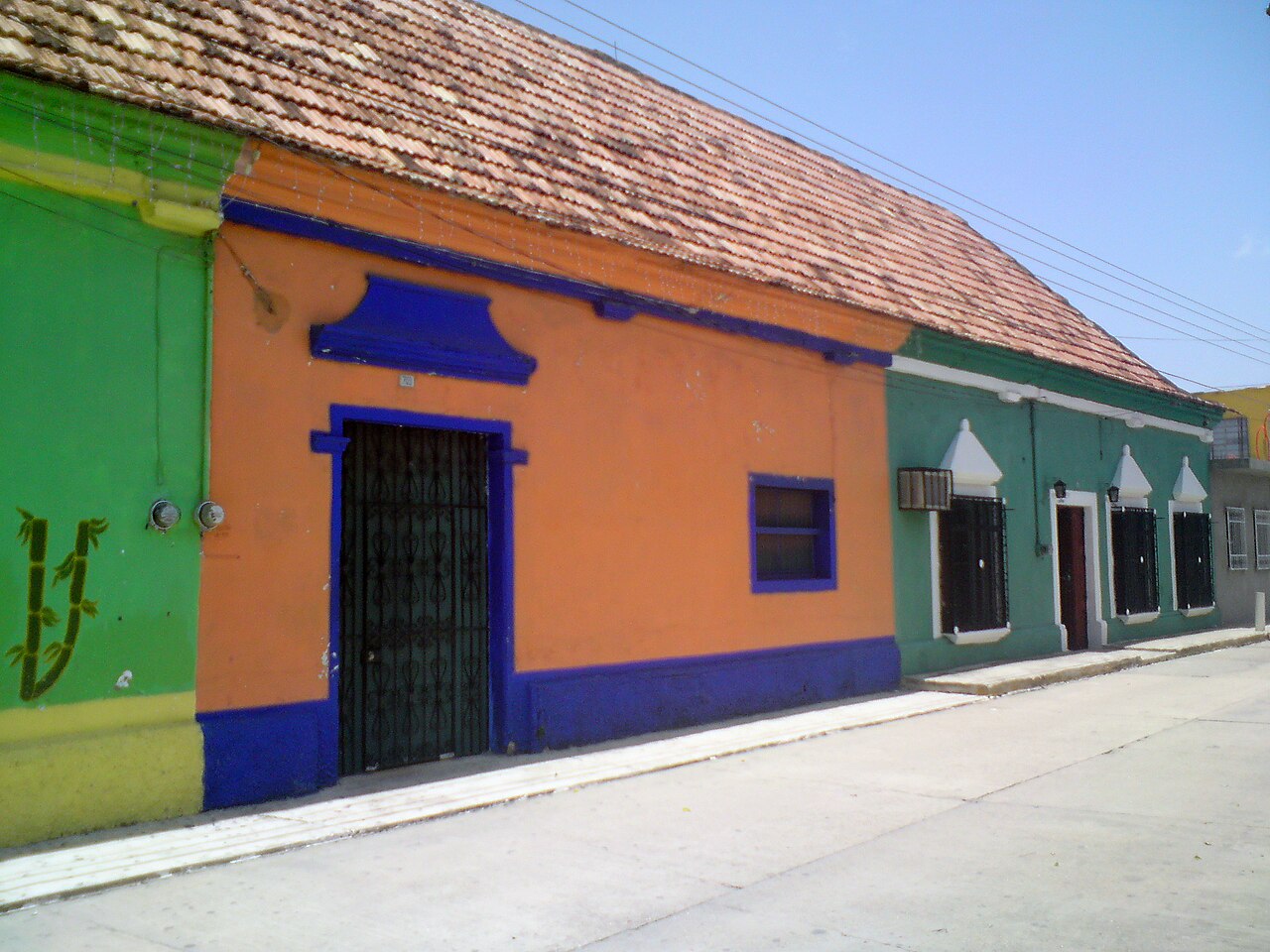Jonuta
The place of the five great lords is today a dreamy and quiet town on the winding river Usumancinta, a sanctuary for manatees, and birds, and a great place for people too.

Jonuta is a river town in Tabasco famous for the surrounding manatee sanctuaries. The most famous of these, Jonuteek, is about 45 minutes to the south in a town called Los Pajaros. (The town is home to a big bird sanctuary too!) Los Pajaros is on the banks of one of the tributaries to the Rio San Pedro y San Pablo and that is the river that runs into the mighty Usumancinta River, here, at Jonuta.
The town is sleepy and brilliant. The town name may come from the Mayan words Ho-noch-tah, meaning place of the five great lords. The town was historically a Maya settlement, but there is a theory that the name may be for the Nahuatl name for a plant, the jonote, which is abundant in the area. Everything seems to revolve around the Mercado Conrado Ceballos Cámara, practically on the waterfront, with a variety of other public facilities arranged on either side. The amphitheater is especially important as a performance stage during the town fairs and street festivals.
Although the town has a long history as a fishing village, it also survived through the fine timber trade. This has left a legacy in the very fine wood carving examples that can be found throughout the year.
People come today for the El Cuyo archaeological site. A pyramid from the ancient Maya city of Xonuta is still in the center of town. This is complemented by the Jonuta Archaeological Museum with a collection of ancient artifacts found in the area and some artifacts from the French invasion and from the 19th and early 20th centuries.
The town hosts visitors in a number of hotels in the center, but today visitors are just as likely to stay in a number of vacation rentals or farm stays a little further out of town. People get here most often from Villahermosa. TRT runs regular direct buses and the trip takes over one hour. From the Tren Maya or Tren Interoceánico stations at Palenque you may need to change buses at Zapatero. (Zapatero, however, is simply the beginning of the highway that runs directly to Jonuta.)